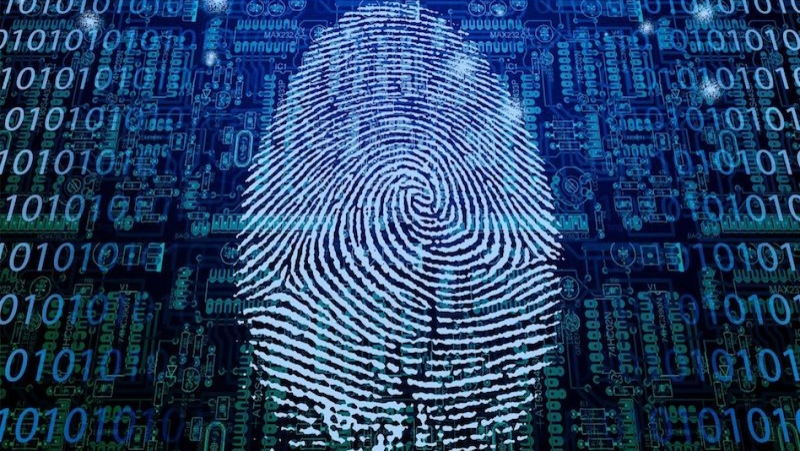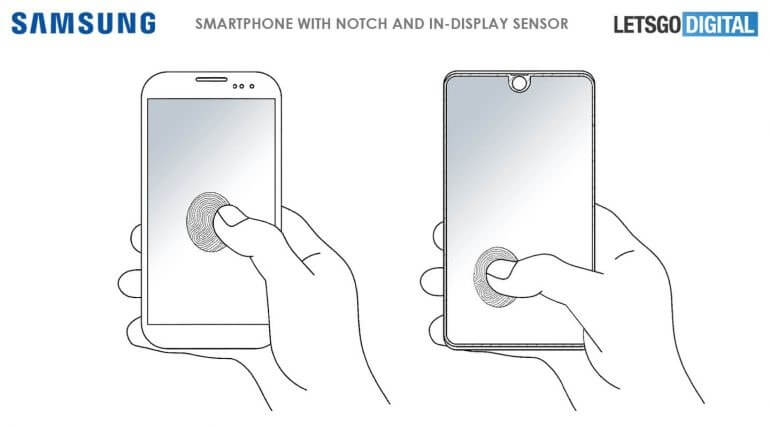Forward-looking: After unremovable batteries, slim bezels, and notches, it seems the next step in smartphone evolution is in-display fingerprint scanners. Several companies have already implemented this tech in their handsets, and, based on a recently revealed patent, it’ll end up in Samsung's phones. But the Korean firm’s vision of a future version makes use of the whole display, rather than a small section of the screen.

With the upcoming OnePlus 6T and the excellent Huawei Mate 20 Pro using in-display fingerprint scanners, it’s no surprise to see more firms going down this route. Last week, a patent submitted by Samsung in April at the USPTO and the WIPO was published.
The patent describes using a biometric scanner built into the display layer itself. Unlike current optical under-screen scanners where users have to touch a particular section of the display, this version lets people unlock a device by placing their finger anywhere on the screen. For some apps where this could be a security risk, a window for authenticating prints can be used.
The scanner will be controlled by a separate, low-energy processor that will increase the screen brightness when a finger is detected and scan a print three times. This should ensure the process is quicker and more accurate than current implementations. It should also work when a finger is dirty.

The patent shows the scanner being used on a traditional-style smartphone and, interestingly, a handset with a notch. It was recently reported that Samsung has plans to add numerous technologies under the display, thereby doing away with the need for a notch, so the notched phone here could just be for illustration purposes.
The big question now is whether an in-display fingerprint reader will appear in the upcoming Galaxy S10. In all likelihood, it will, though it may be an optical version rather than the advanced scanner seen in this particular patent.
https://www.techspot.com/news/77027-samsung-patent-shows-vision-full-screen-fingerprint-scanner.html